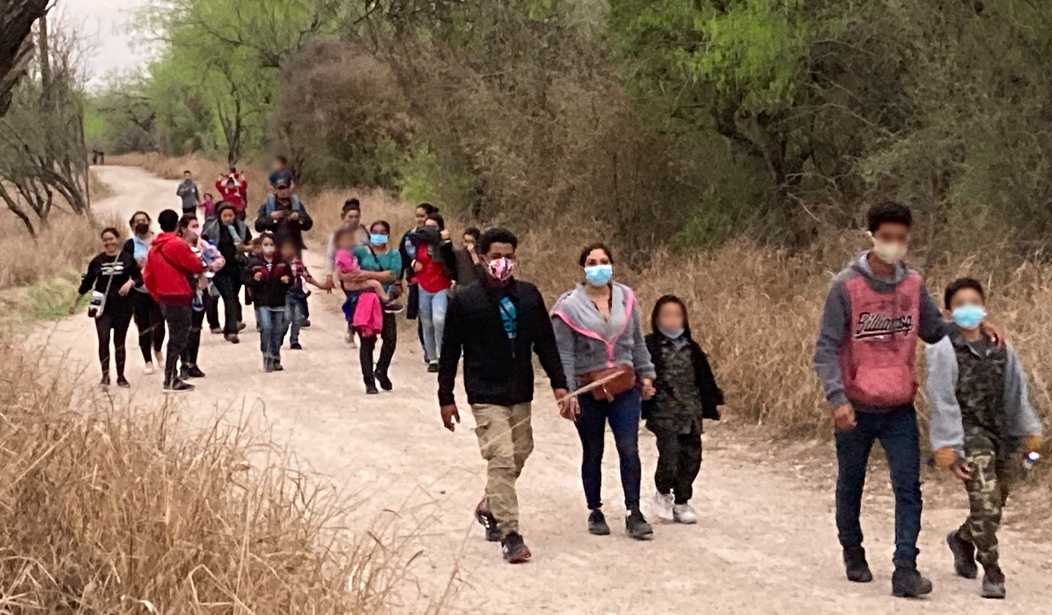Vice President Kamala Harris is in Guatemala today as part of her mission to tackle the root causes of migration from the country. The Washington Post story about the visit appears to be under no illusions about how effective this will be in the short term:
Administration officials say they recognize that any government or private investment may take years or even decades to bear fruit in a region where crippling poverty, cartel-linked crime and government corruption have long nudged people toward making a perilous 2,000-mile journey to the U.S. border…
But the United States has crafted aid programs in Guatemala for years with the goal of deterring migration. There were efforts to help coffee farmers improve their yields and forestry management programs. There were vocational schools pointedly called Stay Here Centers.
Through it all, the flow of migrants continued unabated.
That’s in keeping with a piece Vox published in April arguing that there is little or no evidence that development aid reduces migration. In fact, it’s possible that development aid increases migration in the short or medium term because suddenly more people have the funds they need to leave the country. If development aid does help reduce the push for migration to the US it will probably take decades to see any significant change.
But I was really struck by the next line in the Post’s story about just how many people from Guatemala have already chosen to migrate: “Since 2019, about 400,000 Guatemalans have been apprehended at the U.S.-Mexico border — more than 2 percent of the country’s population.” That seems pretty remarkable, but if you look at this CBP web page you can see the total numbers from Central American countries since 2018. For Guatemala the total number of apprehensions since is about 580,000 which is 3.5% of the country’s population.
For Honduras the number of apprehensions since 2018 is slightly lower, about 528,000. However Honduras’ population is also much smaller so that represents the equivalent of about 5.4% of the country’s population.
For El Salvador the total apprehensions since 2018 are about 186,000 which works out to about 2.9% of the population.
There is a big caveat here which is that we don’t know for sure how many of the people CBP is counting were removed and then apprehended again later. We do know that most of the migrants coming from Central America have been turning themselves in to border patrol and claiming asylum, which means they weren’t being deported and coming in again prior to last year. However, the pandemic changed things. Last March we started removing people immediately under Title 42 because of the pandemic. We also stopped processing asylum claims. All of that to say, we may not be seeing 5.4% of Honduras’ population at the border, we may be seeing a somewhat smaller but determined percentage. CBP could probably mine the data and tell us for certain but I don’t see anyone asking.
In any case, these numbers are still pretty remarkable. There’s reason to think they would be even higher if the cost of making the trip to the US border weren’t so high. As the Vox piece pointed out, the people who make it to our border from Central America are coming from the better off parts of the region.
Children from the regions of the Northern Triangle with the highest poverty rates, including Gracias a Dios in Honduras and Alta Verapaz in Guatemala, were among the least likely to arrive at the US border unaccompanied between 2011 and 2016. The regions with the lowest poverty rates, on the other hand, represented the largest fraction of unaccompanied children during that period.
One possible sign that US investments in the Norther Triangle is working may be an increase in the number of migrants at the border. It would be nice if VP Harris and President Biden were asked about the efficacy of this effort. Kudos to the Post for pointing out that there’s no real reason to think this is going to work.








Join the conversation as a VIP Member